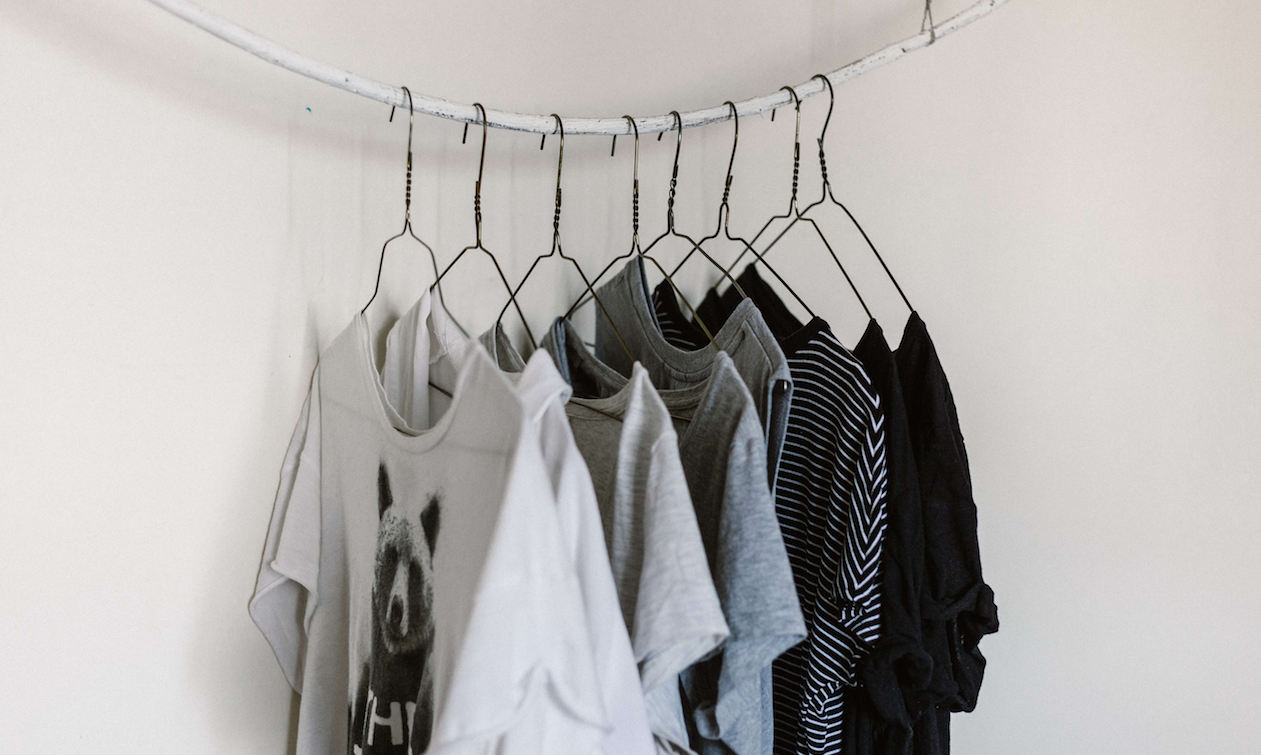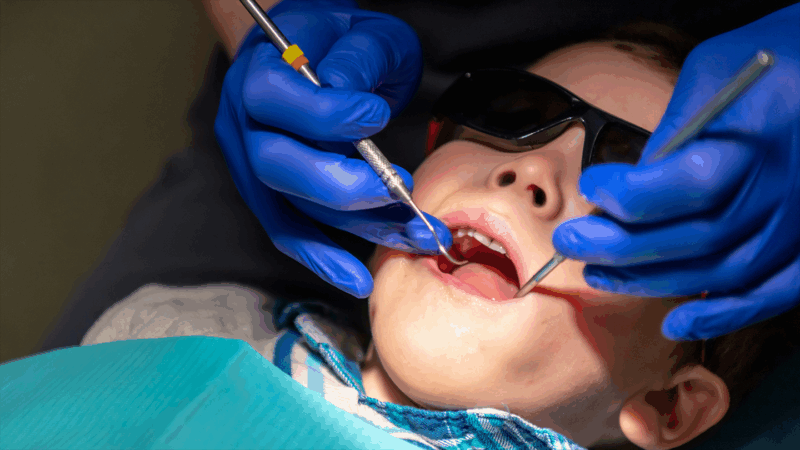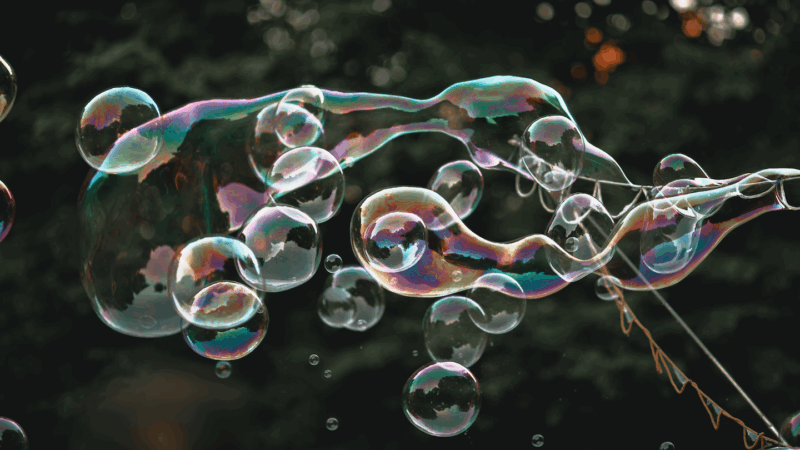[vc_row css_animation=”” row_type=”row” use_row_as_full_screen_section=”no” type=”full_width” angled_section=”no” text_align=”left” background_image_as_pattern=”without_pattern”][vc_column][vc_column_text]Everybody loves color! It makes our world incredibly beautiful. Color is what makes rainbows, flowers, and paintings so interesting. Did you know that there is a lot of science in the colors you see around you? In this activity, you will explore the science behind color and create some beautiful artwork along the way.
Here’s What You Need
- White cotton T-shirt
- Sharpie permanent markers (various colors)
- Rubber band
- Large plastic cup
- Dropper bottle or medicine dropper
- 70% rubbing alcohol
Here’s What You Do
Locate the area on your shirt that you want to decorate and place the opening of the cup directly under that section. Secure the t-shirt to the cup by stretching the rubber band over the t-shirt and around the opening of the cup.
Using the Sharpie, create a circular pattern of about six dots (about the size of a quarter) in the center of the stretched out fabric. Using another marker, draw dots in the spaces between the first dots. If you like, you can add a third marker to draw some additional dots. In the picture below, my son, David, has decided to get a bit creative with his design. He has include some lines and squiggles as well.
Slowly squeeze about 20 drops of rubbing alcohol into the center of the circle of dots. Watch as the rubbing alcohol is absorbed into the fabric. What happens? The ink spreads in a circular pattern expanding outward from the center.
Of course, you can draw things other than dots on your t-shirt. Try drawing a small square with each side being a different color, or use primary colors (red, blue, yellow) to draw a geometric shape, and accent it with dots of secondary colors (orange, green, purple). You may want to experiment with shapes like half circles and polygons. You are limited only by your imagination. Here are a couple of things to keep in mind: Keep your patterns small and centered in the design area. Use small drops of rubbing alcohol. Drip the alcohol slowly in the center of the design. This gives the color an opportunity to spread outward from the center.
Allow the developed design to dry for 3 to 5 minutes before moving on to a new area of the shirt. After you finish decorating your shirt, heat set the colors by placing the shirt in the dryer for approximately 15 minutes. You may also want to rinse the shirt in a solution of vinegar and water as a means of setting the colors.
SAFETY NOTE: Rubbing alcohol is very flammable and must be kept away from any open flames or heat. This experiment must be conducted in a well-ventilated area, preferably outdoors or in a room with open windows.
The Science Behind The Colors
In addition to color mixing, this activity also involves the science behind solubility and molecules. Generally, we think of the ink in Sharpie markers as permanent. This means that Sharpie ink will not wash off with water. This is because the molecules in Sharpie ink are insoluble in water. In other words, the molecules don’t mix well with water. However, Sharpie ink is soluble in rubbing alcohol. This means that Sharpie ink will mix with alcohol. In this activity, we use this important piece of information to create very unique designs on a t-shirt. As the alcohol, also known as the solvent, soaks into the t-shirt it carries the molecules of colored ink with it. Since the alcohol spreads outward from the point where it is dropped, it creates a beautiful circular pattern on the shirt.
Fast Fact
The Sharpie marker was introduced in 1964. Since then, it has been expanded into a wide product line and multiple colors. As of 2002, 200 million Sharpies had been sold worldwide.
Note: I was first introduced to this activity by Steve Spangler. Steve gives credit to Bob Becker, a chemistry teacher in Kirkwood, Missouri.[/vc_column_text][/vc_column][/vc_row]

















